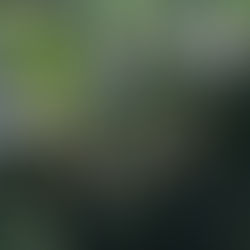How Hay is Stacked Does Make a Difference
A year’s supply of hay has been harvested. Bales are coming into the feed yard for storage. What is the best strategy to stack and store the hay to minimize weather damage, shrink, and nutrient loss? Preventing moisture from migrating into the bales from rain or melting snow reduces bacteria, mold and fungi growth which reduces damage. Three common methods of stacking hay are compared.

The pyramid stack creates the most damage. Moisture that runs down off the top bale migrates into the middle and bottom rows. Damage occurs where the bales touch.

The mushroom stack results in less damage than the pyramid style. Moisture that runs off the top bale migrates into the upper end of the bottom bale creating damage. Increased soil to bale contact allows more moisture to enter the bottom of the lower bale.

Individual bales stacked in a row with 4 to 6 inches space between the bales results in the least amount of damage. Any rain that falls or snow that melts can run off the bale surface minimizing damage.
Bales that are stacked outdoors and unprotected from the weather lose weight over the storage period. Up to 15% of the bale weight (dry matter) can be lost over the first winter. Reducing moisture migration into the bale reduces weight loss.
Hard core bales with a high density (made tight) are able to shed water better than soft core bales or bales with lower density. Net wrap also sheds water better than bales made with twine.
It may appear to the eye that three or four inches of damaged hay in a 5 foot bale is not significant. Work done by Buckmaster (1993) found that 3 inches of spoilage impacts 17% of the hay and 4 inches impacts 22% of the bale.
Improving the physical characteristics of a bale and reducing weathering damage to stored hay can reduce bale shrink, quality loss and the overall cost of feeding the cow herd over winter.
Source:
Barry Yaremcio Beef and Forage Specialist Ag-Info Centre Stettler
































